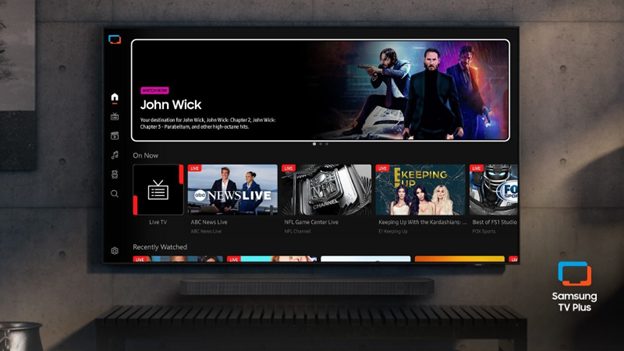Anyone who has worked with high-power TV transmitters using IOTs or two-way radio repeaters using the same antenna for transmit and receive know conventional circulators are large and heavy due to the magnets they require. Researchers at the Cockrell School of Engineering at The University of Texas at Austin have developed a radically smaller, lighter weight and more efficient RF circulator that could improve the performance of the radios in smartphones and tablets.
Circulators are used to isolate transmit and receive ports connected to the same antenna or to reduce the impact changes in a load connected to the circulator will have on the amplifier feeding the circulator. They are also used to reduce intermodulation at congested radio sites by preventing RF received by the antenna from reaching the transmitter's amplifier and creating intermodulation products.
The new circulator does not require magnets. The researchers' device works by mimicking the way magnetic materials break the symmetry in wave transmission between two points in space, a property that allows magnetic circulars to selectively route RF. The magnetic bias is replaced with a traveling wave spinning around the device. Unlike magnetic circulators, this design can operate over a wide range of frequencies. Nicholas Estep, lead researcher and a doctoral student in the Department of Electrical and Computer Engineering said, “With this technology, we can incorporate tunable nonreciprocal components in mobile platforms. In doing so, we may pave the way to simultaneous two-way communication in the same frequency band, which can free up chunks of bandwidth for more effective use.”
This technology could improve the spectral efficiency of frequency division multiplex wireless systems by reducing the spectrum required for the gap between transmit and receive frequencies (the “duplex gap”). Estep added, “We envision micron-sized circulators embedded in cellphone technology. When you consider cellphone traffic during high demand events such as a football game or a concert, there are enormous implications opened by our technology, including fewer dropped calls and clearer communications.”
More information is available in the article "Magnetic-free non-reciprocity and isolation based on parametrically modulated coupled-resonator loops" on the Nature Physics website.
The professional video industry's #1 source for news, trends and product and tech information. Sign up below.

Doug Lung is one of America's foremost authorities on broadcast RF technology. As vice president of Broadcast Technology for NBCUniversal Local, H. Douglas Lung leads NBC and Telemundo-owned stations’ RF and transmission affairs, including microwave, radars, satellite uplinks, and FCC technical filings. Beginning his career in 1976 at KSCI in Los Angeles, Lung has nearly 50 years of experience in broadcast television engineering. Beginning in 1985, he led the engineering department for what was to become the Telemundo network and station group, assisting in the design, construction and installation of the company’s broadcast and cable facilities. Other projects include work on the launch of Hawaii’s first UHF TV station, the rollout and testing of the ATSC mobile-handheld standard, and software development related to the incentive auction TV spectrum repack. A longtime columnist for TV Technology, Doug is also a regular contributor to IEEE Broadcast Technology. He is the recipient of the 2023 NAB Television Engineering Award. He also received a Tech Leadership Award from TV Tech publisher Future plc in 2021 and is a member of the IEEE Broadcast Technology Society and the Society of Broadcast Engineers.
